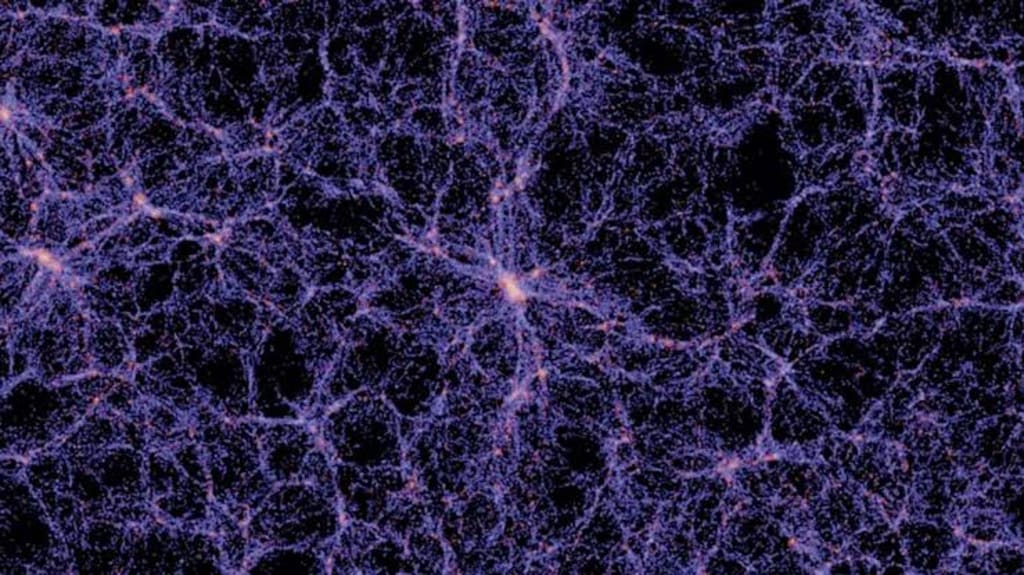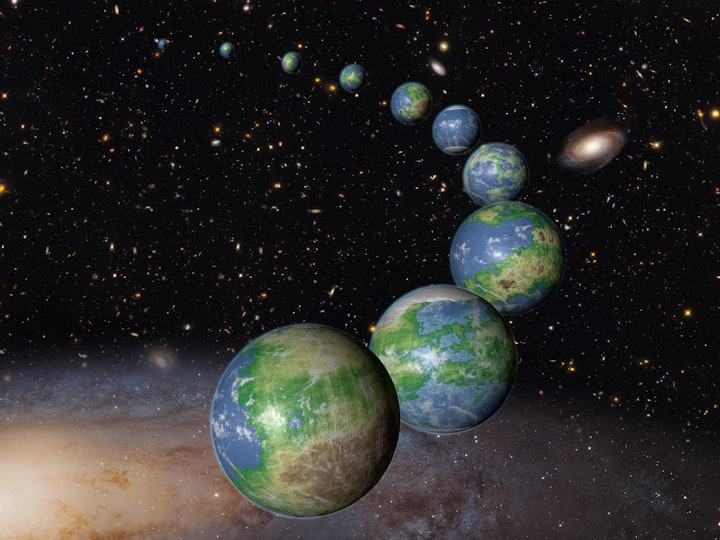What are Cosmic Strings?
How were Cosmic Strings Formed?

Cosmic strings are theoretical objects that are thought to have formed in the very early universe. They are one-dimensional topological defects in the fabric of space-time that are thought to have been created during a phase transition that occurred in the universe when it was only a fraction of a second old. In this blog, we will explore what cosmic strings are, how they were formed, and what their implications are for the universe.
What are Cosmic Strings?
Cosmic strings are linear defects in the fabric of space-time that are thought to be extremely long and thin, with a width that is estimated to be less than the size of an atomic nucleus. They are similar to the strings that we see in the everyday world, except that they are made of energy rather than matter. Like all objects in the universe, cosmic strings have mass, and they generate gravitational forces.
How were Cosmic Strings Formed?
Cosmic strings are thought to have been formed during a phase transition that occurred in the universe when it was only a fraction of a second old. During this phase transition, the universe underwent a rapid cooling, and as it did so, the symmetry of the universe was broken. As a result, some regions of the universe became more dense than others, and this led to the formation of cosmic strings.
The exact nature of the phase transition that led to the formation of cosmic strings is not well understood, and it is an area of active research in theoretical physics. However, it is thought that the phase transition may have been triggered by the interactions between fundamental particles, such as quarks and gluons.
What are the Properties of Cosmic Strings?
Cosmic strings are thought to have several unique properties that make them interesting objects to study. Firstly, they are thought to be extremely long, with lengths that are estimated to be on the order of millions of light-years. Secondly, they are thought to be extremely dense, with a mass per unit length that is estimated to be on the order of 10^23 kg/m.
The gravitational forces generated by cosmic strings are thought to be extremely strong, and they are capable of bending light around them. This phenomenon, known as gravitational lensing, is similar to the effect that occurs when light is bent by a massive object like a black hole. However, the effect of gravitational lensing by cosmic strings is much weaker than that of black holes, making it difficult to detect.
What are the Implications of Cosmic Strings for the Universe?
Cosmic strings have several implications for the universe, both in terms of their effect on the large-scale structure of the universe and their potential for producing gravitational waves.
One of the most intriguing aspects of cosmic strings is their potential for producing gravitational waves. Gravitational waves are ripples in the fabric of space-time that are produced by the acceleration of massive objects. Cosmic strings are thought to be capable of producing gravitational waves as they vibrate and oscillate in response to the forces acting on them. These gravitational waves would have a characteristic frequency, and detecting them would provide important information about the properties of cosmic strings and the early universe.
In addition, cosmic strings have an impact on the large-scale structure of the universe. As cosmic strings move through the universe, they can create regions of higher and lower density. These regions can act as seeds for the formation of galaxies and galaxy clusters, and they can also affect the distribution of dark matter in the universe.






Comments
There are no comments for this story
Be the first to respond and start the conversation.